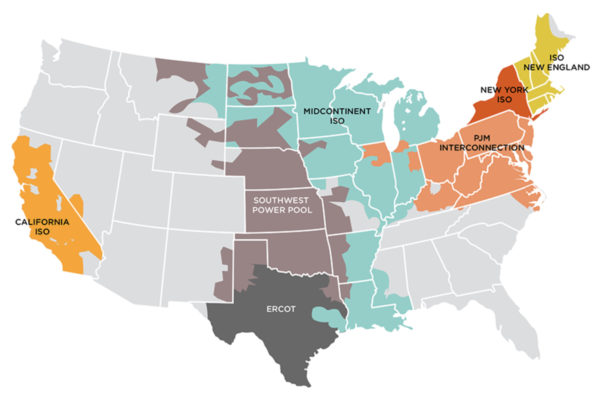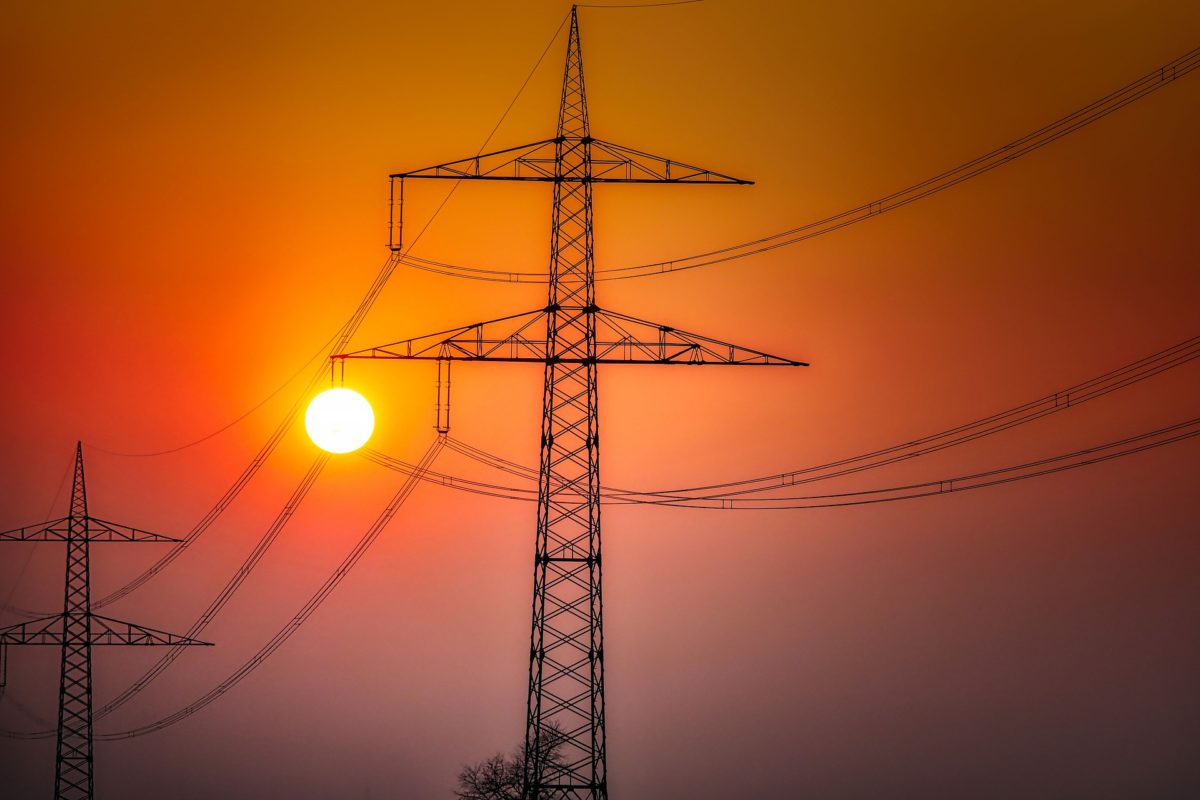The Texas grid operator ERCOT completed full interconnection studies for 15 GW of large-scale solar and 8 GW of storage projects in 2022, said a spokesperson, enabling the projects to move toward construction. ERCOT and other U.S. grid operators, known as RTOs and ISOs, are shown in the nearby map from Sustainable FERC Project.
The mid-continental grid operator MISO reported signed generator interconnection agreements for 5 GW of solar projects in 2022, as shown in its public database.

New York’s grid operator NYISO completed final interconnection studies for 1.6 GW of solar and 1.5 GW of storage during the year. Grid operator SPP, serving several Great Plains states, completed facilities studies for 2 GW of solar in 2022, a spokesperson said.
California’s grid operator CAISO, halfway through its Cluster 14 interconnection study process for 38 GW of solar projects and 94 GW of storage projects, completed Phase 1 studies for the cluster last year, a spokesperson said.
ERCOT’s speed in completing interconnection studies has been partly attributed by Johannes Pfeifenberger, a principal with The Brattle Group, to its “connect and manage” approach.
Relative to its population served, ERCOT completed solar interconnection studies last year at a rate about five times that of SPP, MISO or NYISO.
Grid operators PJM and ISO-NE did not provide data in response to a request regarding their solar and storage interconnection progress in 2022. PJM had 189 GW of solar, storage, and solar-plus-storage projects in its interconnection queue at year-end 2021, according to a study by the Lawrence Berkeley National Laboratory. Last year, all 13 states in the PJM grid region called for PJM to make faster progress on interconnection.
In total, almost 700 GW of solar and more than 400 GW of storage projects were waiting in interconnection queues in the U.S. at year-end 2021, according to the Berkeley Lab study.
Trade groups SEIA, AEE and ACP have said that interconnection studies “could be completed in months instead of years,” in comments last year in a Federal Energy Regulatory Commission proceeding.
Reducing interconnection time to one year is a draft long-term goal of the U.S. Department of Energy’s i2X initiative.
Amazon has proposed that artificial intelligence can enable faster and more accurate modeling for interconnection studies. Tesla has said it could estimate a project’s interconnection costs in two weeks if it had access to grid models. And a law professor has said that to speed interconnection, public control of grid operators may be helpful, noting that CAISO is publicly controlled. These proposals and others are described in a 2022 year-end story on recommendations for solving interconnection delays.
This content is protected by copyright and may not be reused. If you want to cooperate with us and would like to reuse some of our content, please contact: editors@pv-magazine.com.








Texans are fed up with industrial solar projects being forced on unwilling rural communities. It is a green folly fed by greedy politicians and unsavory corporations. Local communities are fighting back to save Texas land and our heritage. Say NO to Big Solar.
Are the landowners forced to put the solar projects on the land? If not why is anyone else concerned with it?